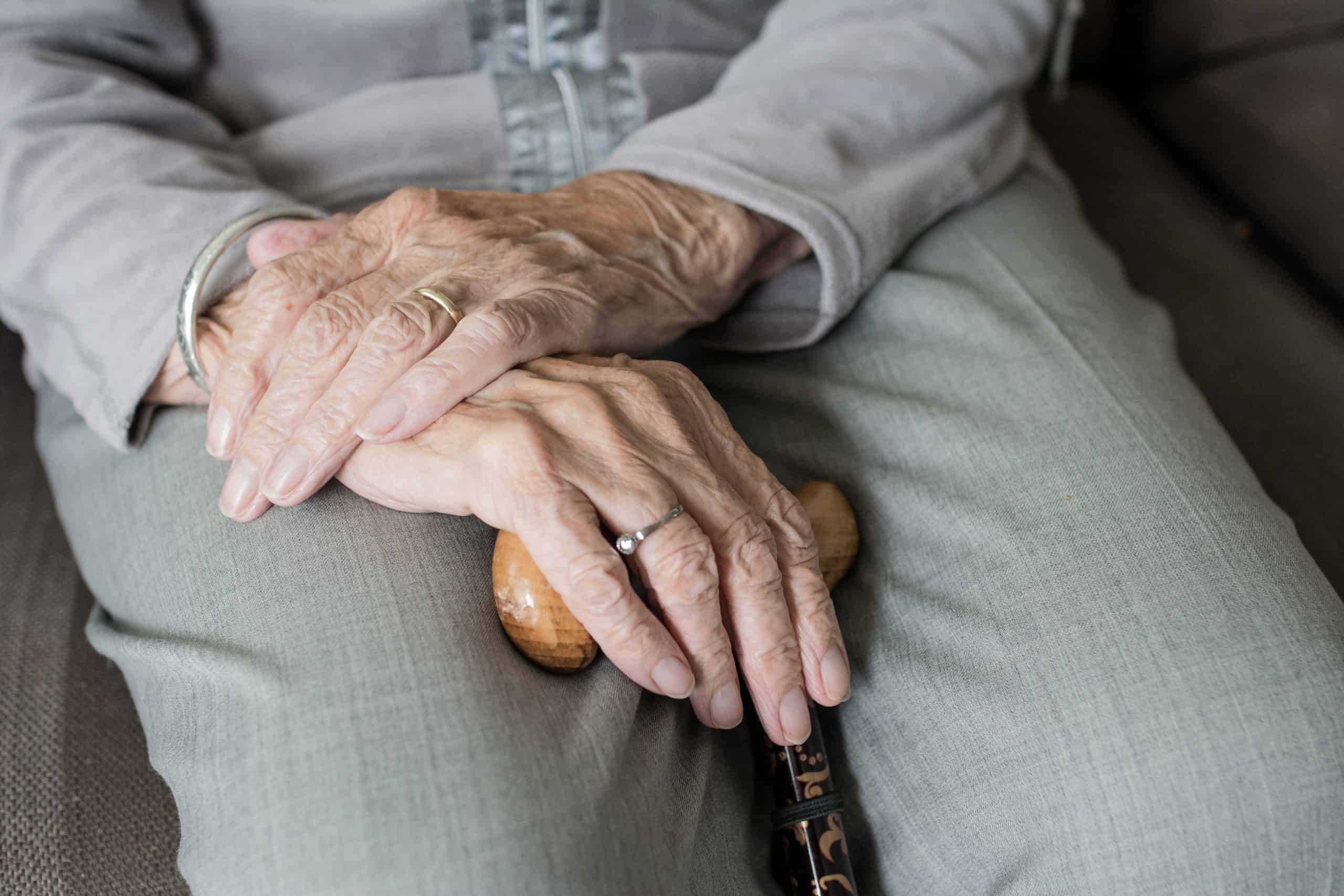
What is Parkinson’s Disease and Who is Most at Risk?
April is Parkinson’s Awareness Month, a time to raise awareness of this progressive disease that affects one million people in this country. If you or a loved one has Parkinson’s in hospice in San Francisco and elsewhere, you know how scary a time this can be. But you can still rest easy knowing you will get the support you need. This week, let’s go over what Parkinson’s is and who is at the highest risk for developing it.
Defining Parkinson’s
Parkinson’s disease, known as PD for short, is a neurodegenerative disorder affecting dopamine-producing neurons in a specific area of the brain (substantia nigra). Symptoms usually come on slowly over a period of years. While the rate of progression is different for everyone, general symptoms include:
- Tremors, mostly when at rest
- Bradykinesia (slowness of movement)
- Limb rigidity
- Balance and gait problems
The exact cause is unknown and there is no cure. While Parkinson’s in and of itself is not fatal, complications from the disease can be serious. About one million people are living with Parkinson’s disease in the United States, more than the number of people diagnosed with multiple sclerosis (MS), muscular dystrophy, and Lou Gehrig’s disease combined. This number is expected to increase to 1.2 million by 2030, according to the Parkinson’s Foundation. Most PD cases happen in seniors, but four percent of people with PD are diagnosed before the age of 50. Parkinson’s is the 14th leading cause of death in this country.
Who is at Risk?
While researchers are still conducting studies to determine all risk factors, the two main ones are genetics and environmental factors. Genetics cause between 10 and 20 percent of all Parkinson’s cases, according to Johns Hopkins Medicine. However, those with genetic mutations associated with Parkinson’s won’t necessarily get the disease. Researchers consider other factors that could either push or protect a person with a gene mutation to or away from getting Parkinson’s.
Other risk factors include:
- Age: Advancing age is the biggest risk factor for developing Parkinson’s, with the average age of onset being 60 years old.
- Gender: Males are more likely to develop PD than females.
- Genetics: Those with a parent or sibling who has PD have two times the chance of developing it themselves.
- Environmental causes: Exposure to farming chemicals such as pesticides and herbicides, war-time exposure to Agent Orange in Vietnam, and working with heavy metals, solvents and detergents are all environmental hazards that can put people at higher risk.
- Head trauma: Repeated blows to the head (i.e., boxers such as Muhammad Ali) can increase the risk of developing Parkinson’s.
- Occupation: Certain occupations can put people at a higher risk, such as nurses, physicians, and farmers.
Possible Protective Factors
There may be certain factors that reduce the risk of getting PD, such as:
- Caffeine: Consumption of caffeine can lower risk.
- Anti-inflammatory Drugs: Those who regularly take anti-inflammatory drugs (i.e., ibuprofen) have a lower risk.
- Smoking: Those who smoke have a decreased risk due to nicotine’s protective factor.
- Cholesterol Levels: Taking statins — cholesterol-lowering drugs — is associated with reduced risk.
- Vitamin D: People with higher vitamin D levels are at a lower risk of developing PD.
- Exercise: Increased physical activity early on can mean a lower risk of PD later.
Early Signs of PD
There are some early signs of Parkinson’s that may prompt you to see a doctor. These signs don’t necessarily mean you have PD, but it’s good to get checked out.
- Tremors: Do you have a slight shaking or tremor in your thumb, finger, hand, or chin, especially while at rest?
- Small handwriting: Has your penmanship become smaller than it used to be? Are the letter sizes smaller or are your words crowded together?
- Loss of smell: Can you no longer smell certain foods well, such as pickles, bananas, and licorice?
- Difficulty sleeping: Do you have trouble sleeping? Do you thrash about and can’t seem to get comfortable? Do you make sudden movements in your sleep?
- Trouble walking: Do you feel a stiffness in your body, legs, or arms? Do your arms not swing as they used to when walking? Do your feet feel stuck to the floor?
- Facial masking: Do people tell you that you have a serious, sad, or mad look on your face, even when you’re happy? This is known as facial masking.
- Dizziness or fainting: Do you feel dizzy when you get up out of a chair? This can signal low blood pressure and a possible link to Parkinson’s disease.
- Stooped posture: Do you not stand up as straight as before? If people tell you that you are stooping, slouching, or leaning when standing, this could be an early sign of PD.
Contact Pathways Home Health and Hospice
The caregivers in our hospice unit are skilled in Parkinson’s disease care. To learn more, call us at 888-978-1306.

